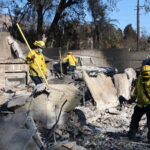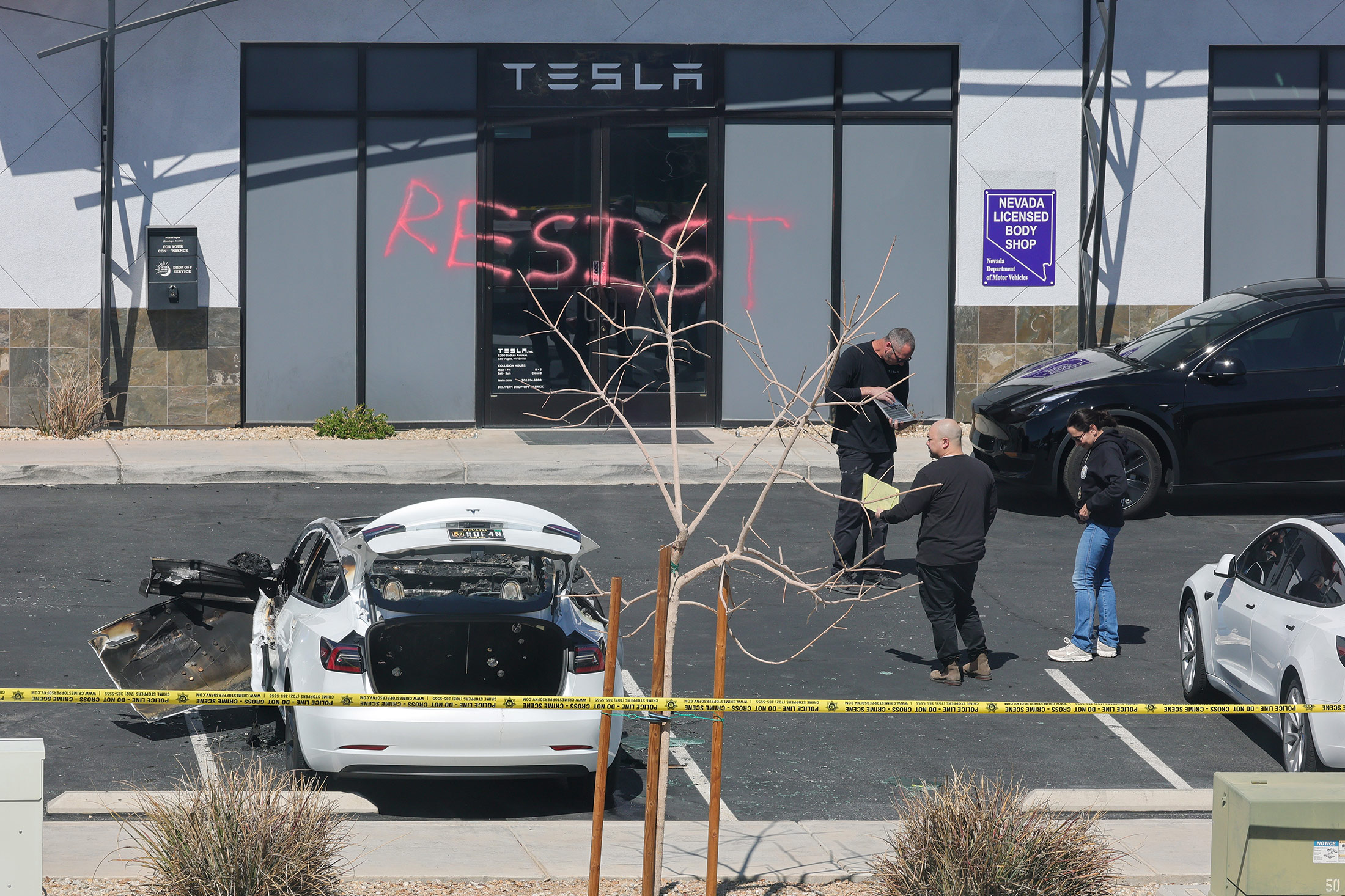Plaintiffs’ lawyers have begun scouring General Motors Co’s report on its handling of faulty ignition switches that have been tied to 13 deaths and say they are finding details that could bolster their negligence cases.
On Thursday, GM released the results of an internal probe that GM Chief Executive Officer Mary Barra said found a pattern of “incompetence and neglect” at the company but “no conspiracy by the corporation to cover up the facts.”
None of the lead plaintiffs’ lawyers in the GM cases said they expected to find a “smoking gun” in the company’s own report that would be transformative for the litigation.
Yet several said their preliminary review of the report provided dozens of names of employees – from engineers to lawyers – whose individual failure to act on knowledge of the switch problems pointed to the company’s collective negligence.
Since GM first acknowledged the defect and began to recall cars in February, it has been hit by dozens of lawsuits filed on behalf of individuals injured or killed in crashes involving recalled vehicles. In addition, more than 70 lawsuits have been filed by customers who said the recall caused their cars to lose value.
Proving negligence is a key element in the GM lawsuits, which rest in part on the legal theory that GM had an obligation to tell the public and regulators about the switch defect. Instead, the lawsuits claim, the company repeatedly missed chances to address the problem, leaving unsafe cars on the road.
While the report by law firm Jenner & Block said the highest ranking GM officials were unaware of the faulty ignition switches, that “ignores the fact that the company as a whole is responsible,” said Adam Levitt, a lawyer at Grant & Eisenhofer who represents GM customers who are suing the company.
Asked for comment, a GM spokesman referred to Barra’s earlier remarks that the company has acknowledged its responsibility for the switch defect and is setting up a compensation fund for victims.
Lawyers said that names, dates and other key facts from the 300-page report will likely find their way into civil lawsuits – just as after investigations in other high-profile cases such as Toyota Motor Corp’s recall over acceleration issues.
Plaintiffs’ lawyer Mark Robinson of Robinson Calcagnie Robinson Shapiro Davis pointed to parts of the report describing one in-house lawyer, William Kemp, as being “widely regarded as GM’s most knowledgeable, experienced and trusted safety lawyer.”
In the report, Kemp is said to have had knowledge of the emerging switch problems for a few years but did not tell GM General Counsel Michael Milliken until February of this year.
Robinson said that while Kemp was not GM’s top lawyer, he still appeared to have been close enough to top officials to have taken action. He said this is one of many examples in the report in which GM employees recognized serious issues, but never raised them with their superiors.
Kemp was one of the 15 employees who have been fired, according to a source who asked not to be named. GM declined to make Kemp available for comment.
Beyond the Jenner & Block report, there are ongoing probes into GM by federal and state prosecutors, regulators, and members of Congress.
A person with knowledge of U.S. authorities’ criminal investigation into GM said investigators were not likely to rely heavily on the version of events laid out in the Jenner & Block report – which was commissioned by the company itself.
The report may ultimately prove more beneficial to plaintiffs’ lawyers than criminal investigators, who must meet a higher standard of showing the company’s intent to conceal information about the switch problem – beyond the “incompetence” and missed opportunities described in the report. (Reporting by Jessica Dye in New York. Additional reporting by Emily Flitter. Editing by Ted Botha, Eric Effron and Ken Wills)
Was this article valuable?
Here are more articles you may enjoy.

 Oracle Warns Health Customers of Patient Data Breach
Oracle Warns Health Customers of Patient Data Breach  After the Flames: Preparing for the Growing Fraud Threat in Los Angeles
After the Flames: Preparing for the Growing Fraud Threat in Los Angeles  New Fire Maps Put Nearly 4M Californians in Hazardous Zones
New Fire Maps Put Nearly 4M Californians in Hazardous Zones  Tesla Showroom Strikes, Vandalism Sparked by Fury Against Musk
Tesla Showroom Strikes, Vandalism Sparked by Fury Against Musk 